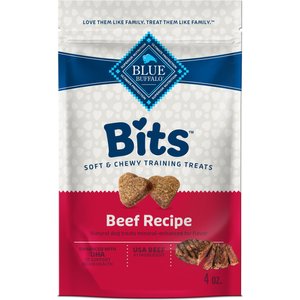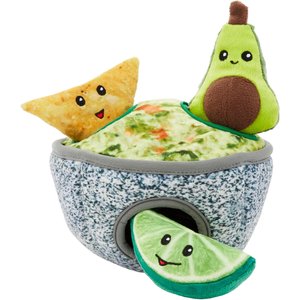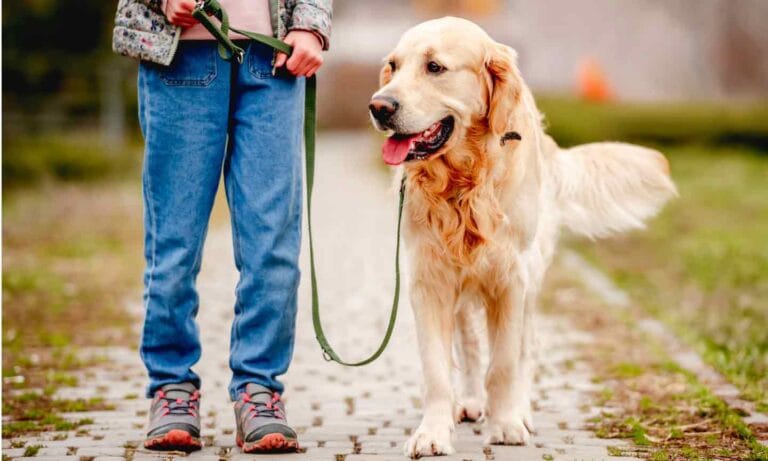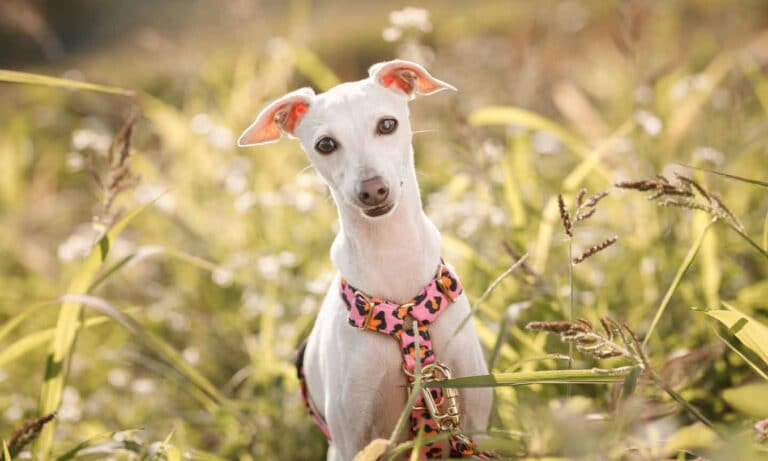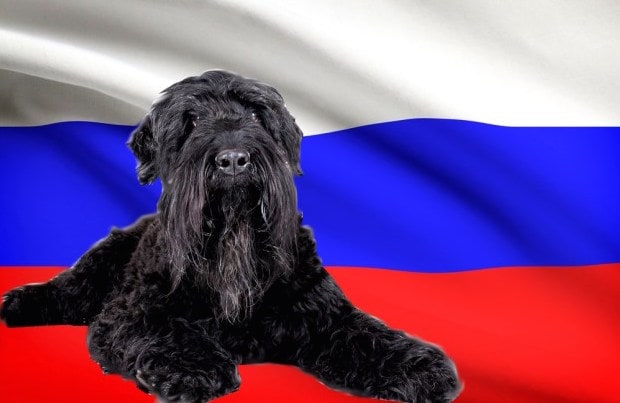Sure, your dog’s clever, but are they among the smartest dog breeds out there?
The most widely used barometer for measuring the intelligence of dogs is their trainability, although a dog’s ability to independently problem solve is another top factor, says Mary R. Burch, Ph.D., director of the American Kennel Club Family Dog Program, which provides various dog training courses. These traits also make for excellent working dogs, which means many of the world’s smartest dog breeds have extensive resumes.
We asked the AKC to help us list over 20 of the smartest dog breeds, especially when it comes to the job they were trained to do. From the Beagle, who’s known for their exceptional scent detection work, to the Australian Shepherd, who excels at herding, these are some of the most intelligent dog breeds around.
Border Collie
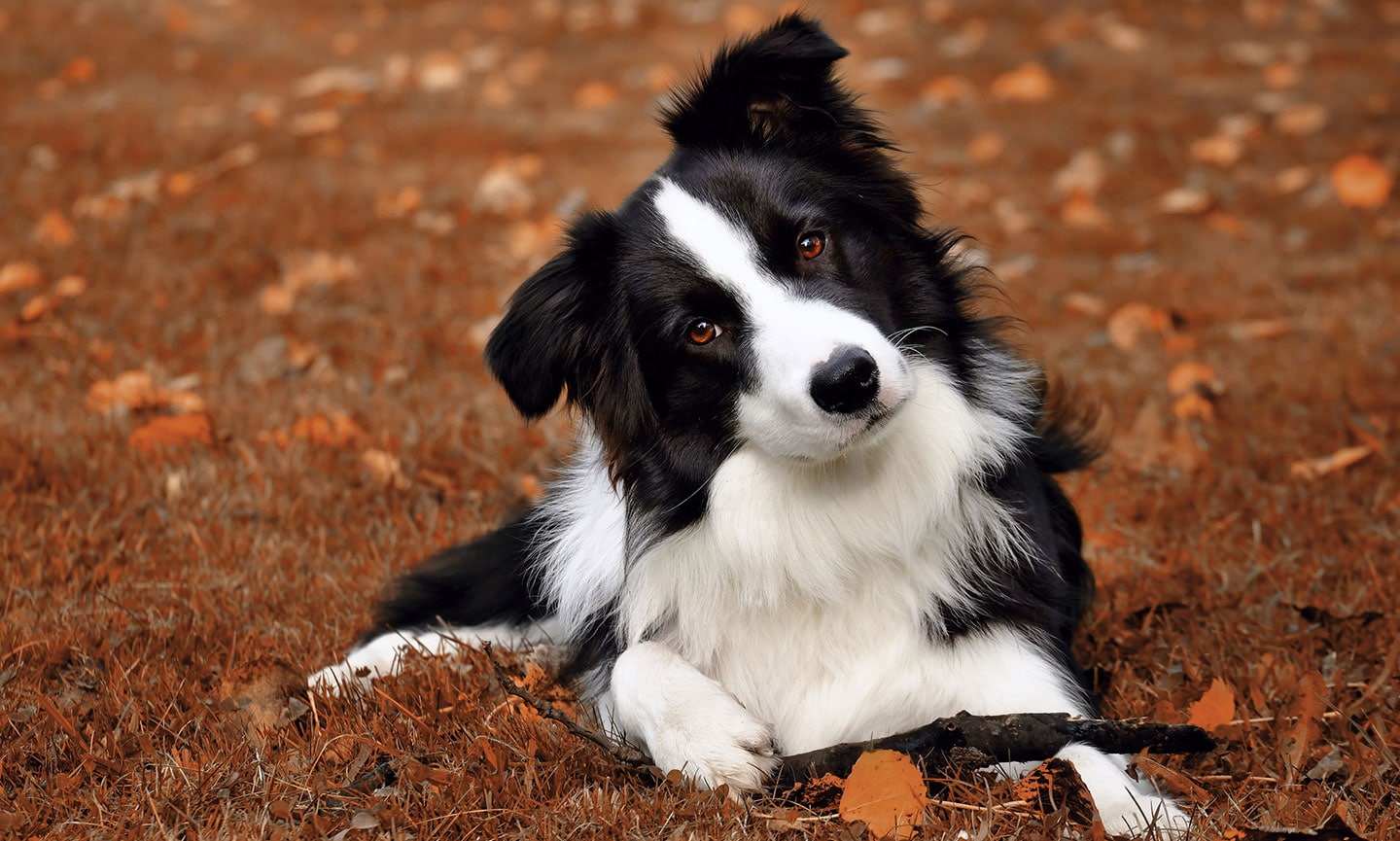
At the top of the canine class is the Border Collie, who’s long-been praised for their intelligence and trainability. In fact, a Border Collie named Chaser knew and understood thousands of words. This medium-sized breed’s smarts and trainability, combined with their high energy, have made them excellent working dogs, especially when it comes to herding sheep. If these workaholics don’t have a job, they might just try to herd you.
German Shepherd
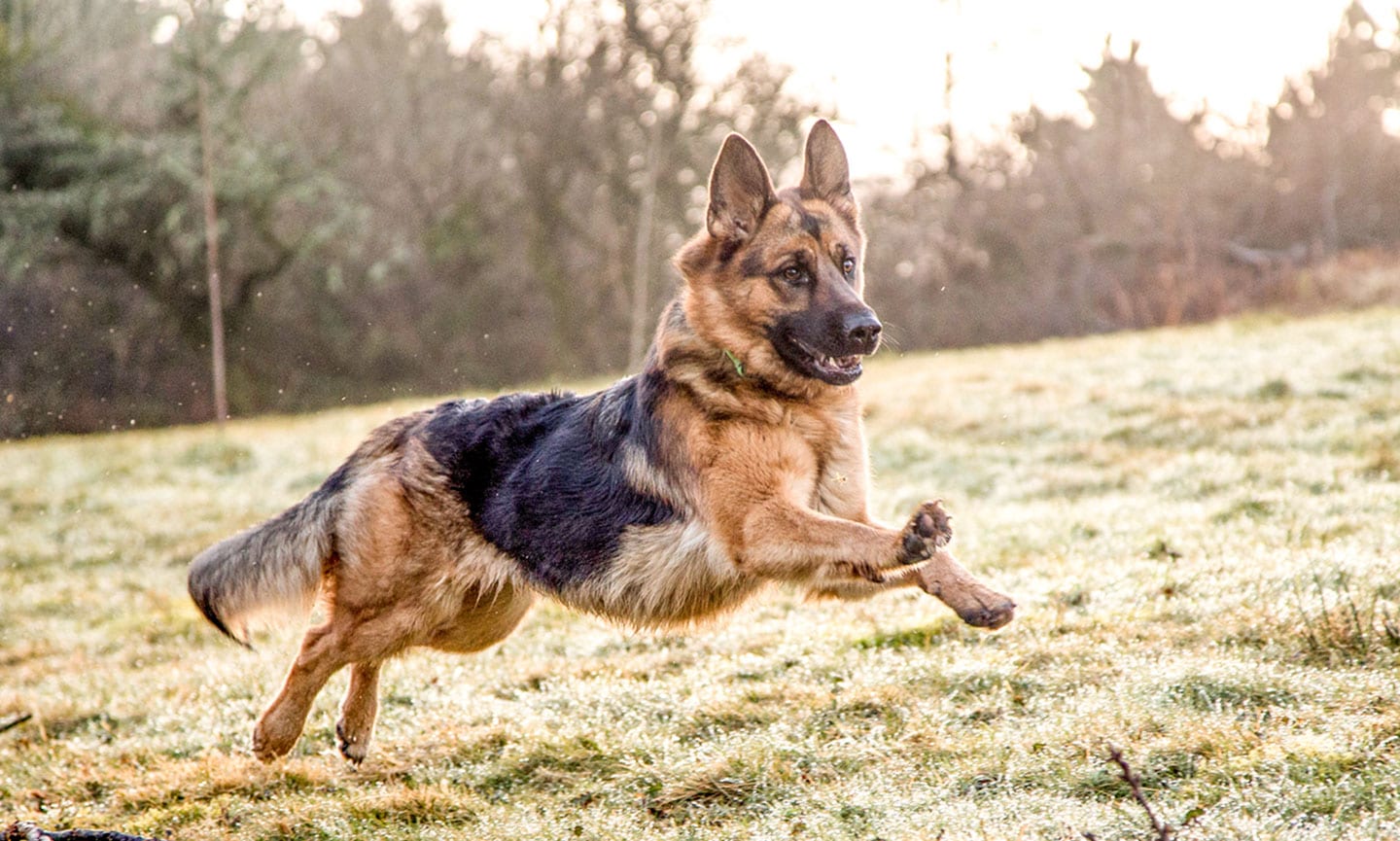
Brains and brawn have helped make the German Shepherd one of the world's leading police, military and guard dogs. Originally bred to herd cattle, these large-sized dogs are agile, highly trainable and loyal—all qualities that also have enabled them to excel at police work. From sniffing out drugs to participating in search and rescue missions, German Shepherds can do it all.
Bloodhound

Dogs have a superior sense of smell compared to humans, and the Bloodhound’s super sniffer shines above them all. Their tracking ability has made them prized hunting dogs and lead them to a career in police work and search and rescue. Their scenting skills are so exceptional that Bloodhound's man trailing results are permissible in court. Now that's one smart dog!
Beagle

Another smart dog breed who knows how to follow their nose, the Beagle excels at scent detection, making them popular among hunters and… hotels? Yes, their sharp sense of smell makes them great at sniffing out bed bugs, able to quickly and accurately detect infestations, often before they become a major problem for hotels, other businesses, and even homeowners.
Labrador Retriever

The Labrador Retriever uses their smarts to serve. This athletic dog breed is often employed as a service animal, helping individuals with disabilities, because they’re highly trainable and eager to please. Their intelligence and pleasant nature also makes them great family pets. In fact, according to AKC Registration Statistics, they are one of the most popular dog breeds in the US.
Newfoundland
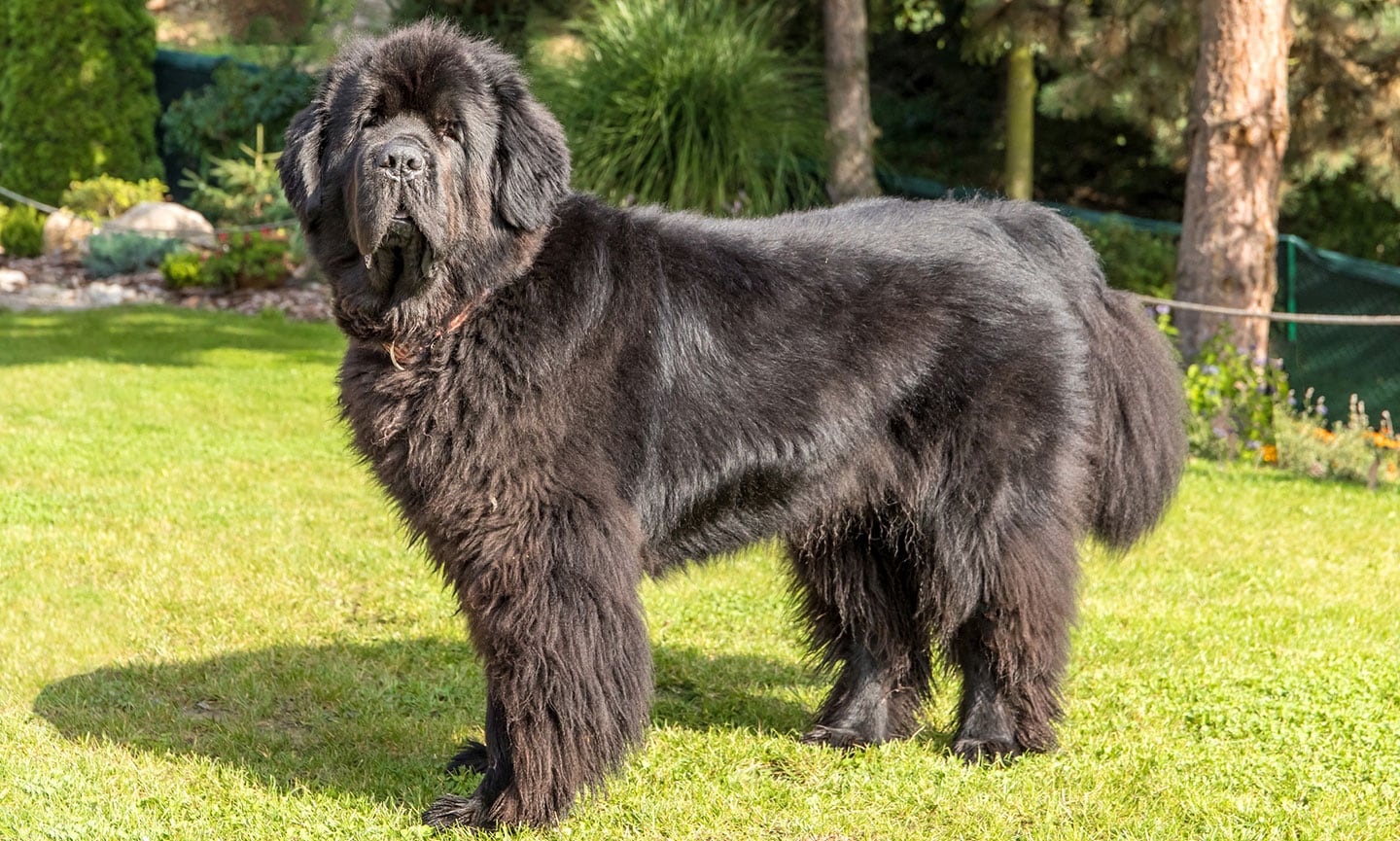
These gentle giants are so smart, they hold down jobs both on the water and on land. Natural-born swimmers with partially webbed feet and a large lung capacity, Newfies were originally bred for water rescue and to help fisherman haul in nets. They also dominate on land, pulling carts or wagons. Sign them up for carting and drafting competitions and watch them crush the competition.
Belgian Malinois
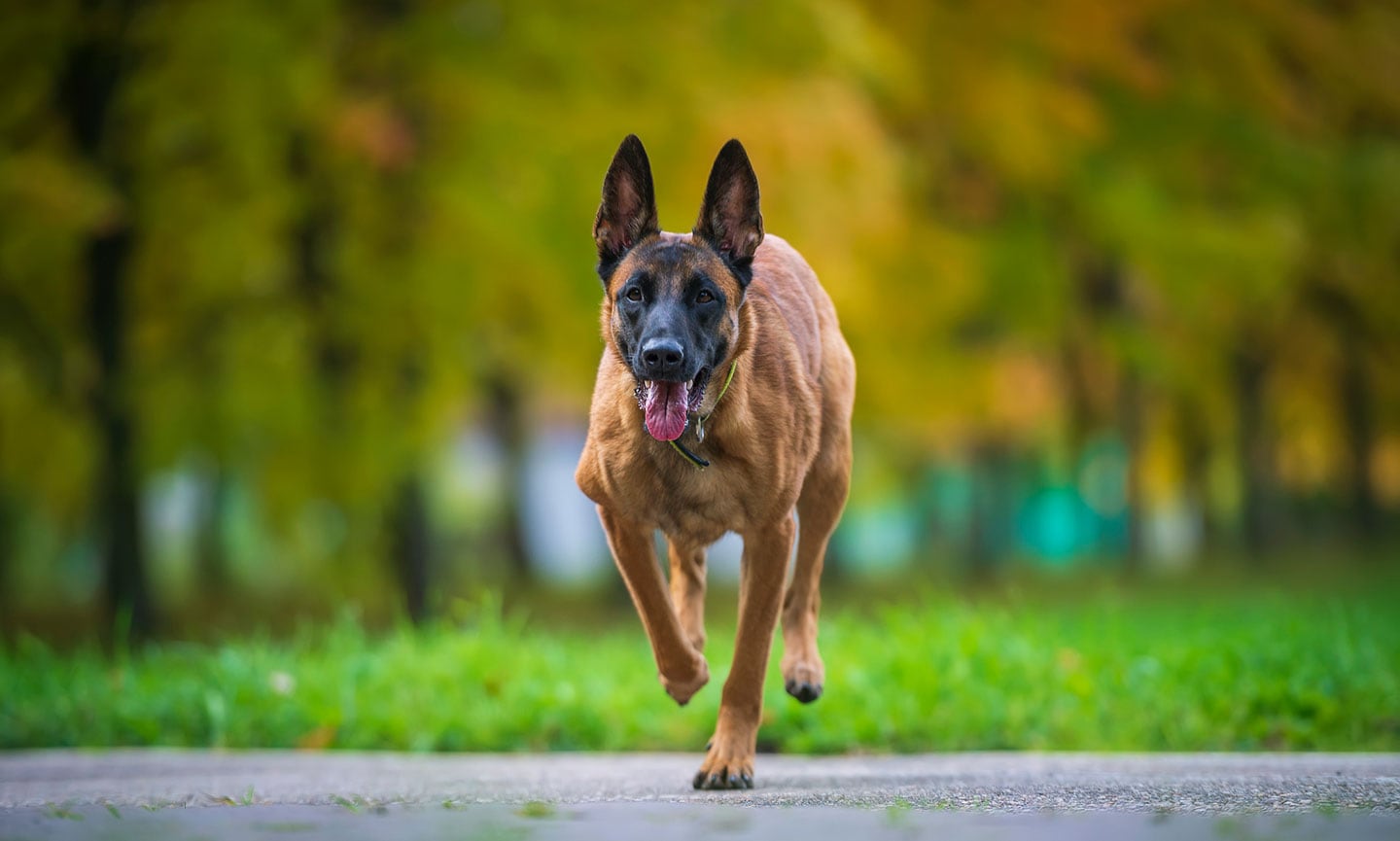
This big and brainy breed is rarely without a job. Strong, agile and highly trainable, the Belgian Malinois has found their calling in public service with the police and military. Similar to their doggy doppelgänger, the German Shepherd, the Mal is confident and protective by nature, making them brave K-9 partners in the line of duty.
Siberian Husky
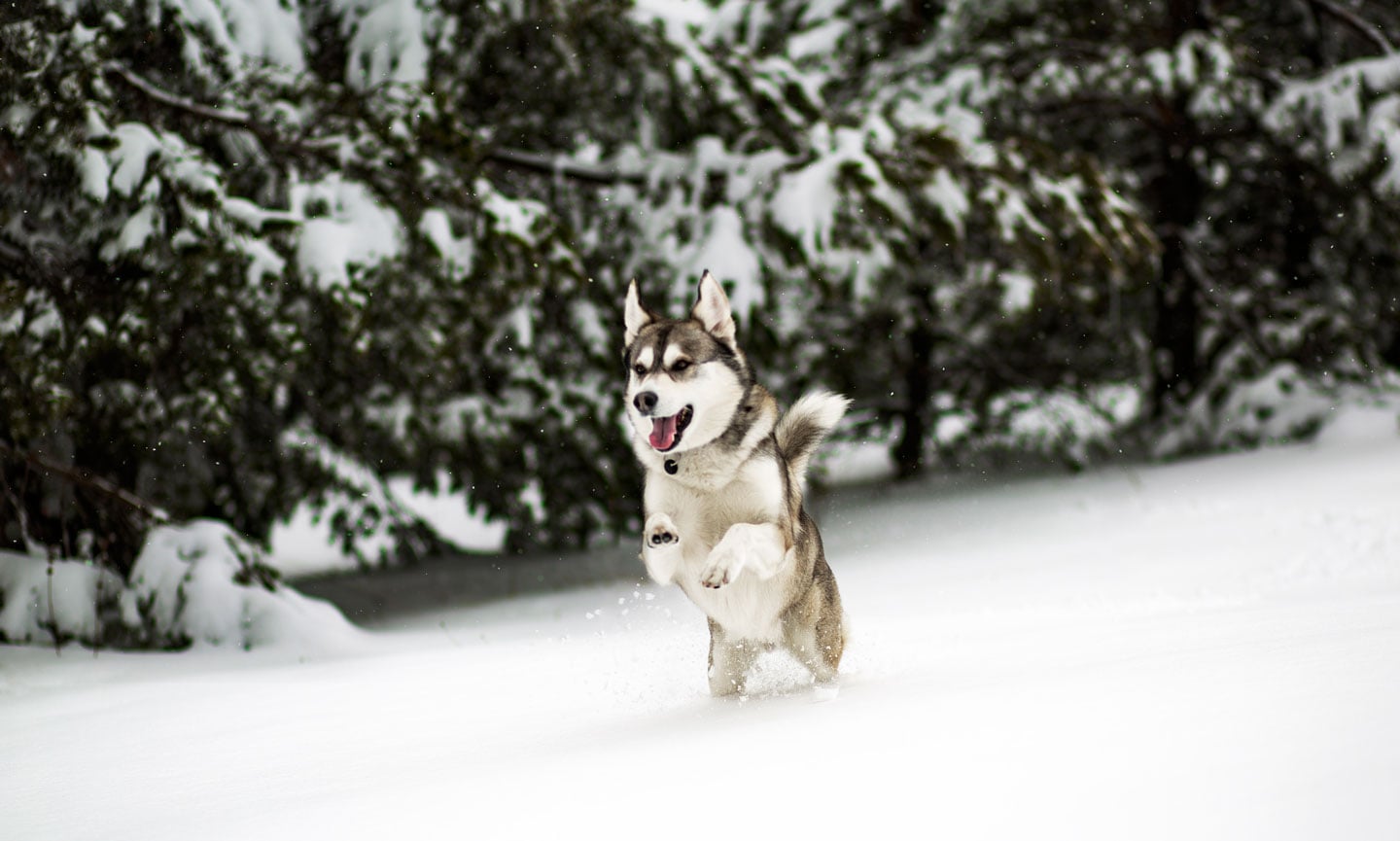
Siberian Huskies are a smart and sporty breed known for their sledding feats in frigid temperatures. Originally bred in Northeast Asia as sled dogs, the Husky is always raring to go, requiring lots of exercise and training. It’s this drive and stamina that earned them hero dog status in the 1920s, rising to fame after traversing more than 250 miles of snow and ice in Alaska to deliver lifesaving medicine.
Golden Retriever
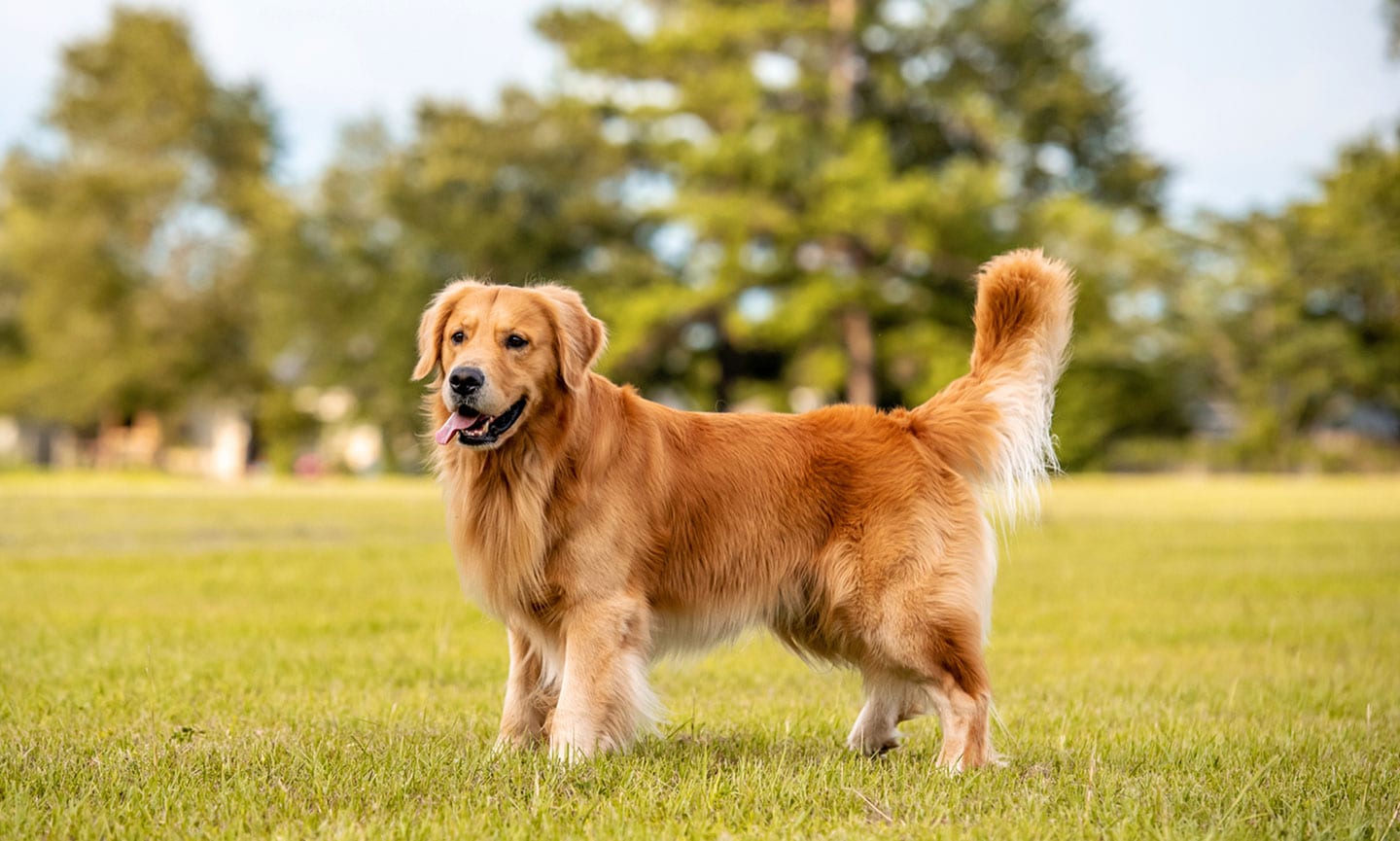
Golden Retrievers may come across as happy-go-lucky, but these blonde beauties take their job as service dogs very seriously. Similar to Labrador Retrievers, Goldens are a popular breed for assisting individuals with disabilities, whether as guide dogs for the visually impaired or as mobility assistance dogs. Their success in this line of work can be attributed to their innate working ability and natural intelligence, as well as their eager-to-please attitude.
Australian Shepherd
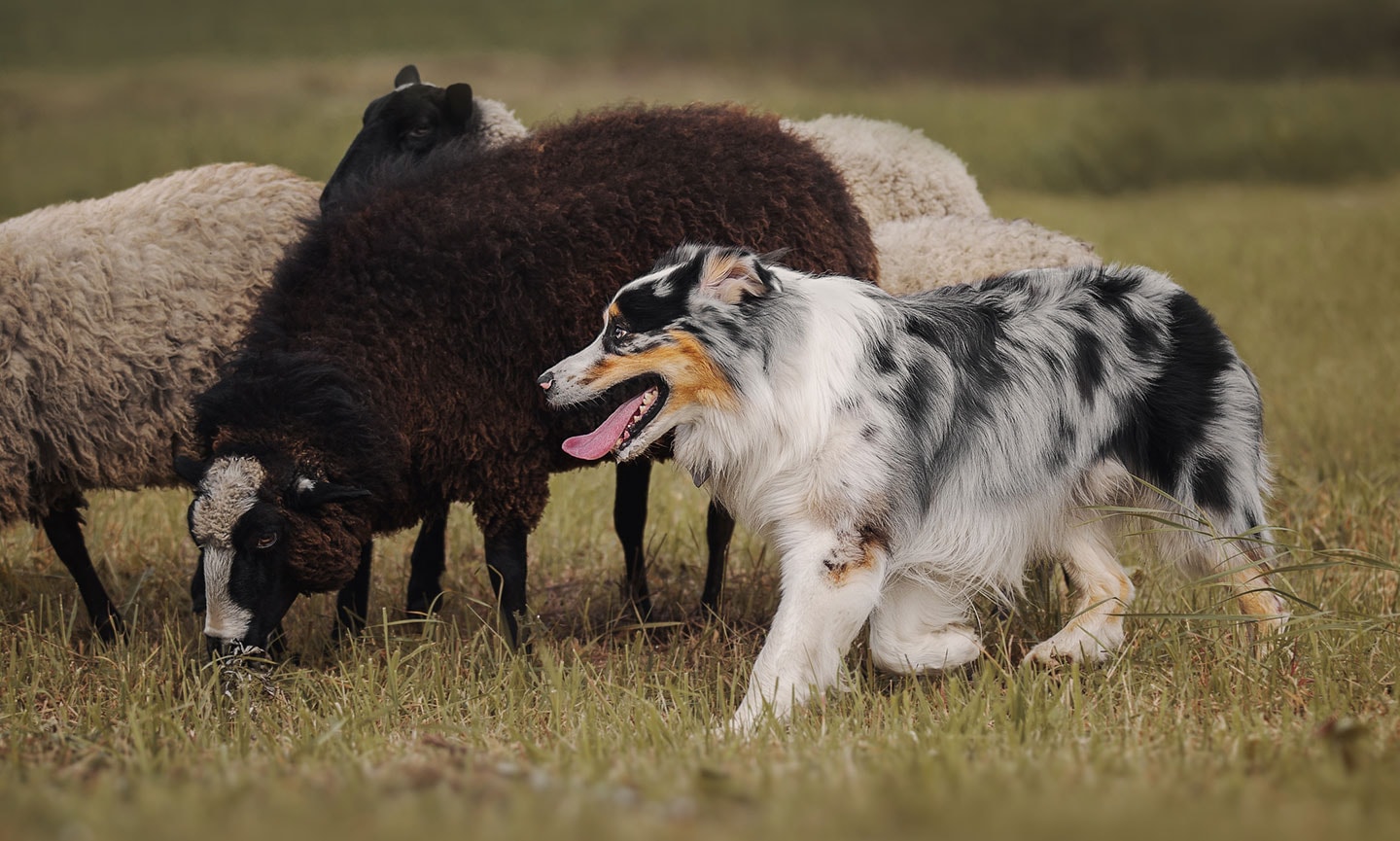
They don't have the word "shepherds" in their name for nothing. Australian Shepherds are skilled in herding—thanks in large part to their top-notch intelligence and high trainability. Their endurance, speed and ability to adapt also come in handy when spending days out in the field rounding up sheep and other livestock.
Cavalier King Charles Spaniel
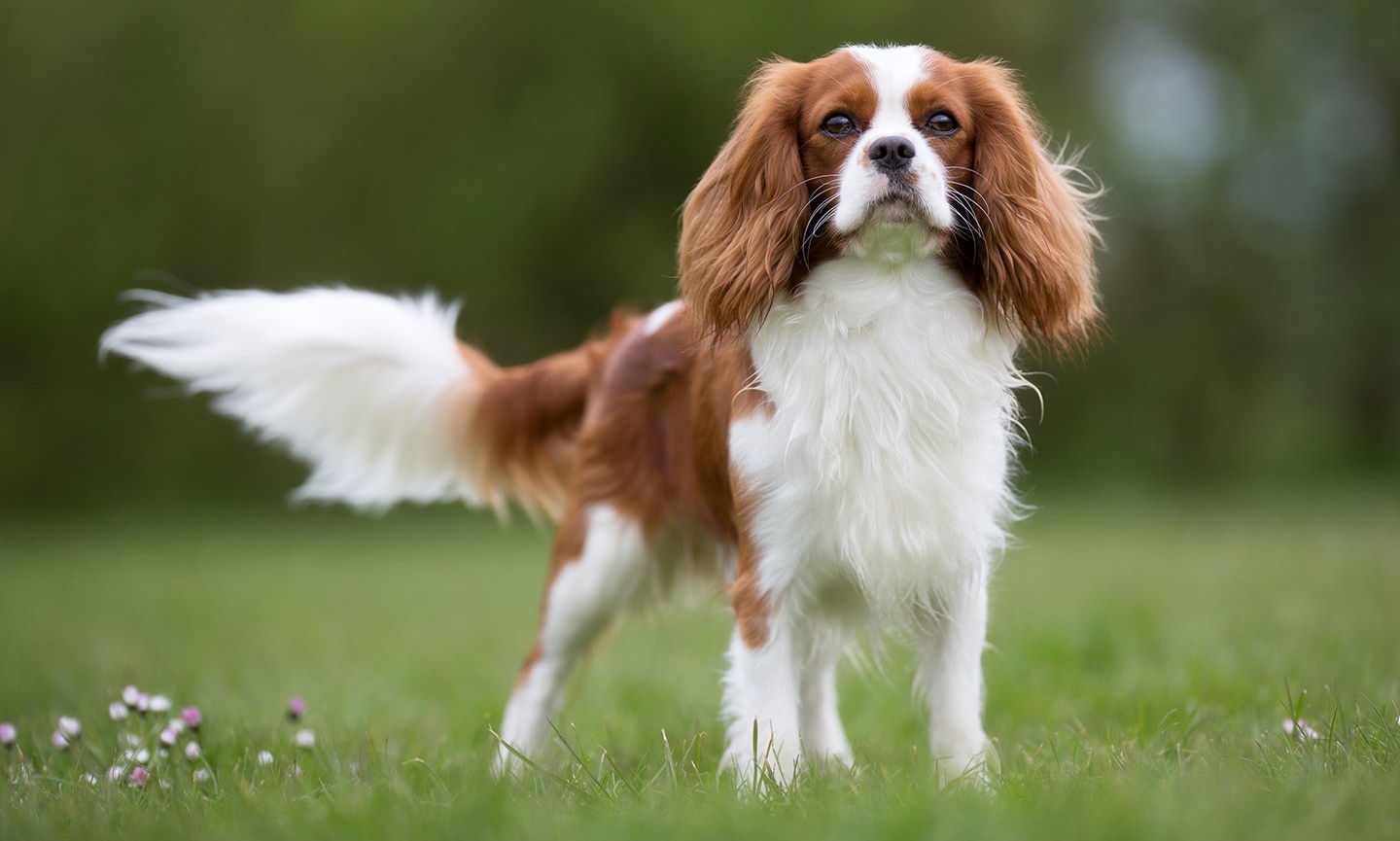
If the Cavalier King Charles Spaniel was in high school, they’d definitely be voted class president because they’re equal parts smart and social. This plucky pooch is eager to please, making them easy to train. And that trademark cheery attitude toward everyone they meet makes for an excellent therapy dog.
Poodle
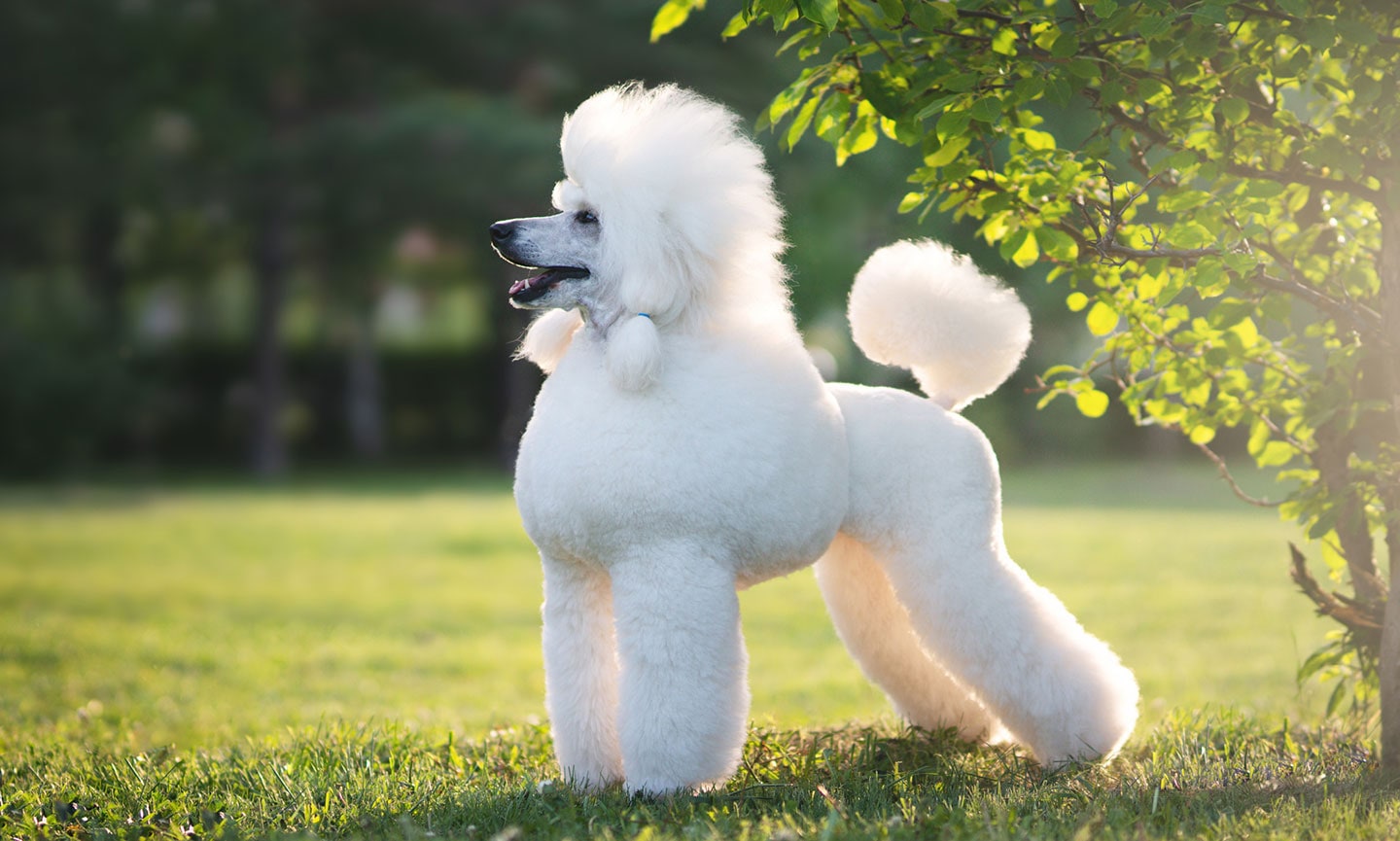
Don't let the highly-styled hair fool you. Poodles are no strangers to hard work. They were originally bred to be hunting dogs, retrieving ducks and other waterfowl. The qualities that made them such great water retrievers—athletic, eager to please, naturally intelligent—remain today. They’re both beauty and brains in one chic package.
Rottweiler
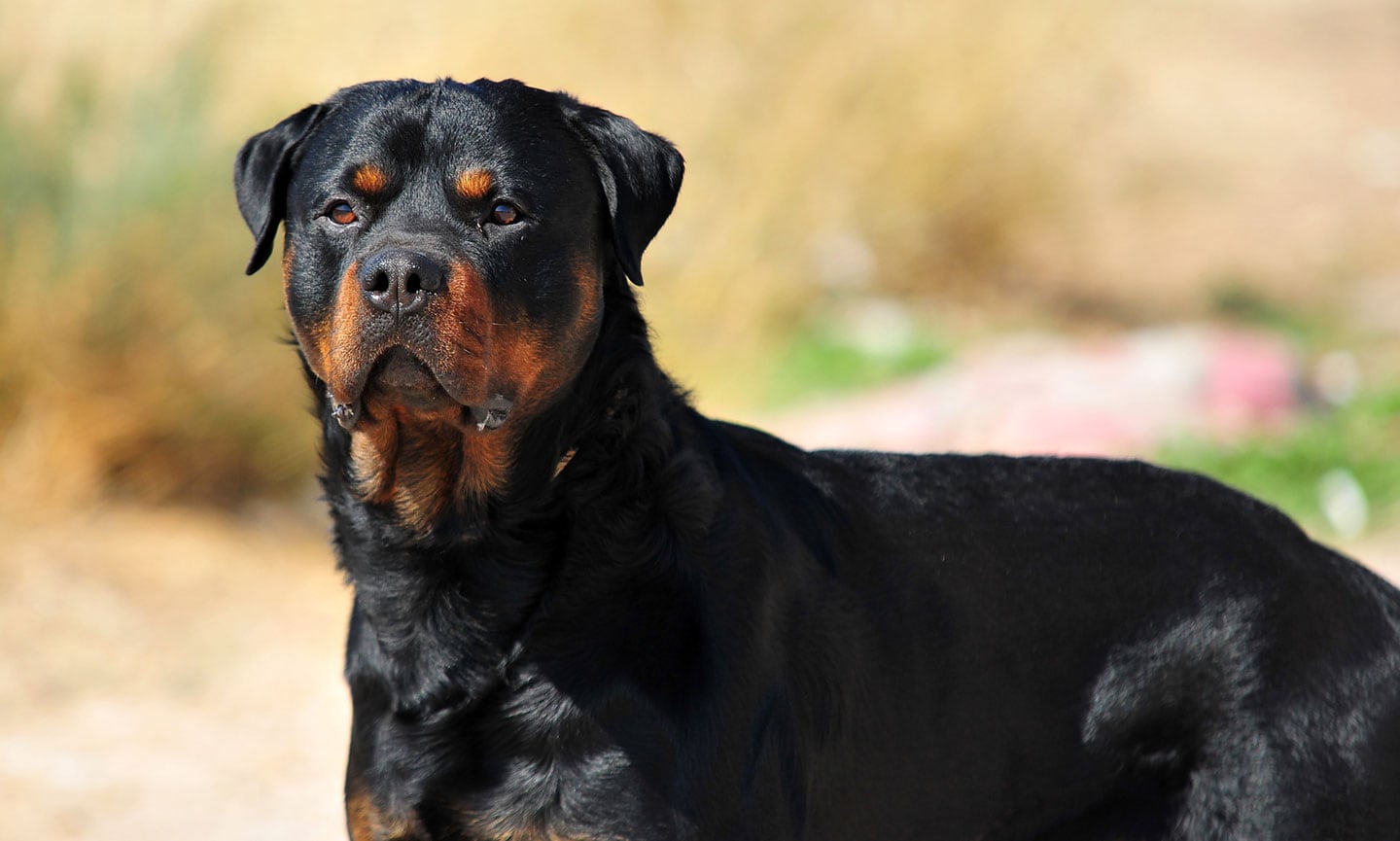
Rottweilers are one of the most popular dog breeds in the U.S. and it’s easy to see why. They’re intelligent and respond well to training. Even more, this breed's inherent protective instincts make them top-notch guard dogs. However, it's not all work and no play. Rottweilers are affectionate with their loved ones and enjoy letting off some steam.
Border Terrier
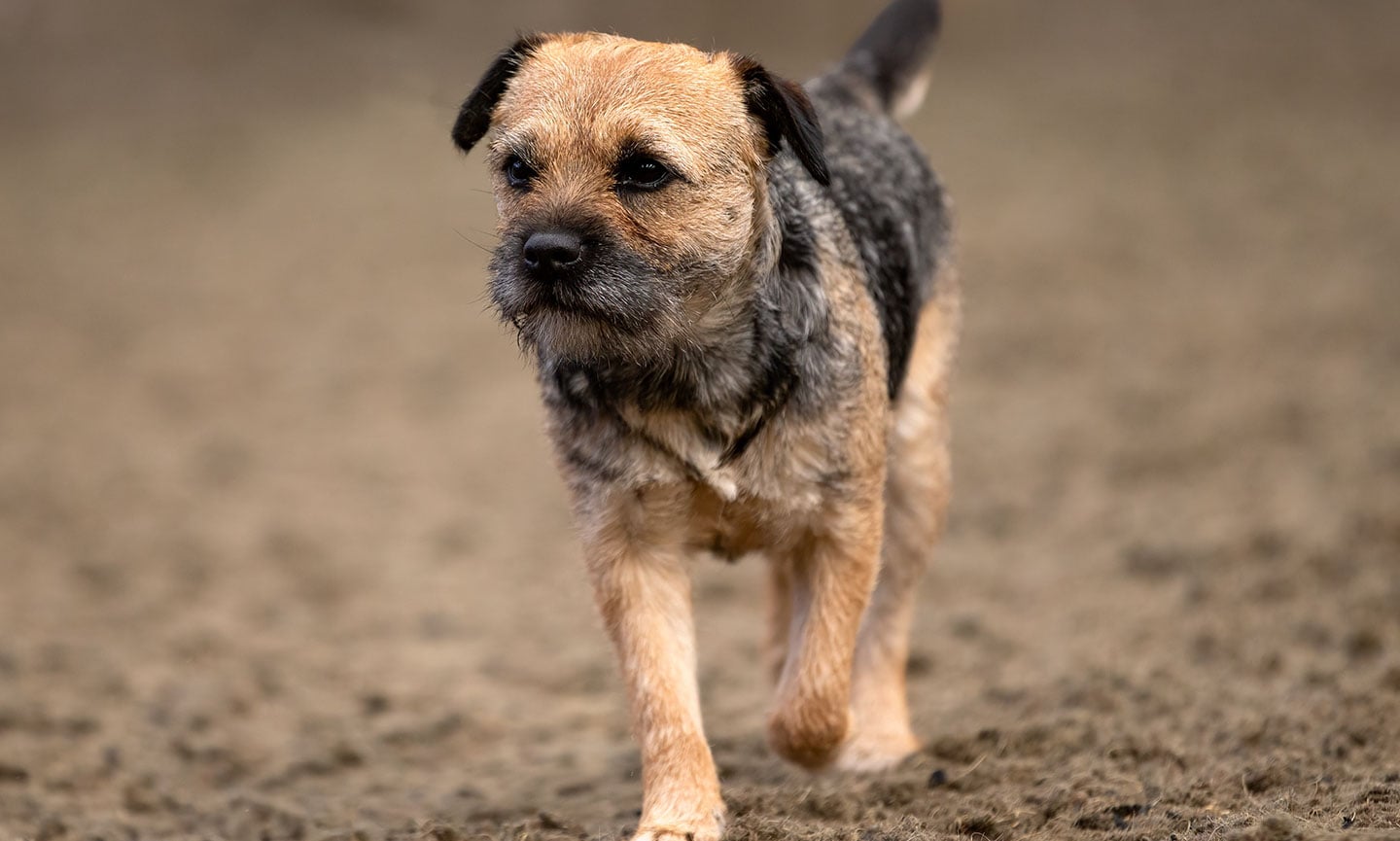
Border Terriers are not only brave and bold, they're also super smart. Originally bred to control predators for farmers, they had to outsmart the sly and clever fox who preyed on sheep. But if you think Border Terriers only belong in the countryside, think again. These intelligent dogs are highly adaptive and can adjust to city life as long as they have enough exercise.
Shetland Sheepdog
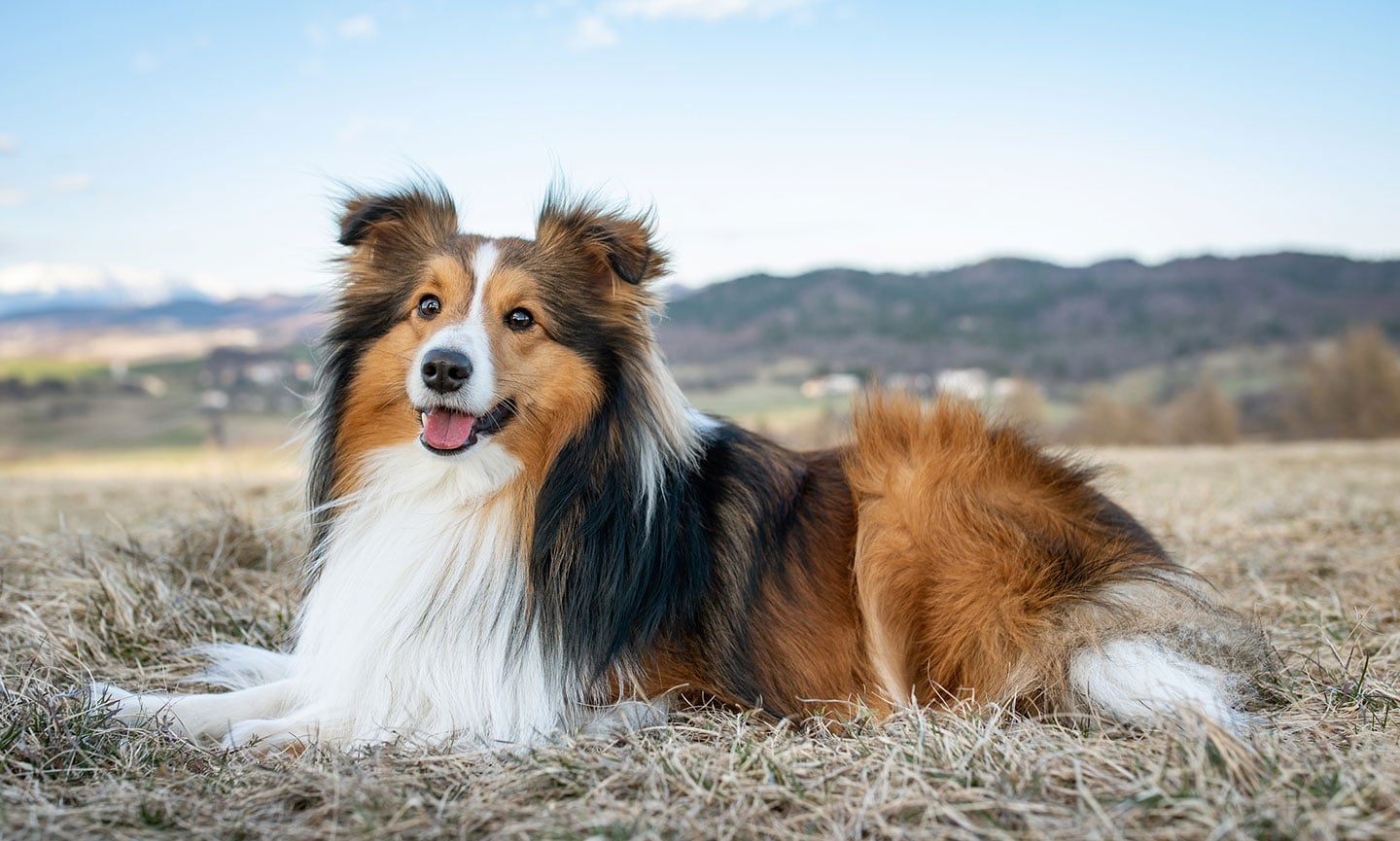
Also commonly known as Shelties, the Shetland Sheepdog is a plucky pooch who hails from Scotland. Their intelligence, energy and speed make them great herding dogs. But they’re also sensitive and affectionate, making them great family dogs.
Papillon
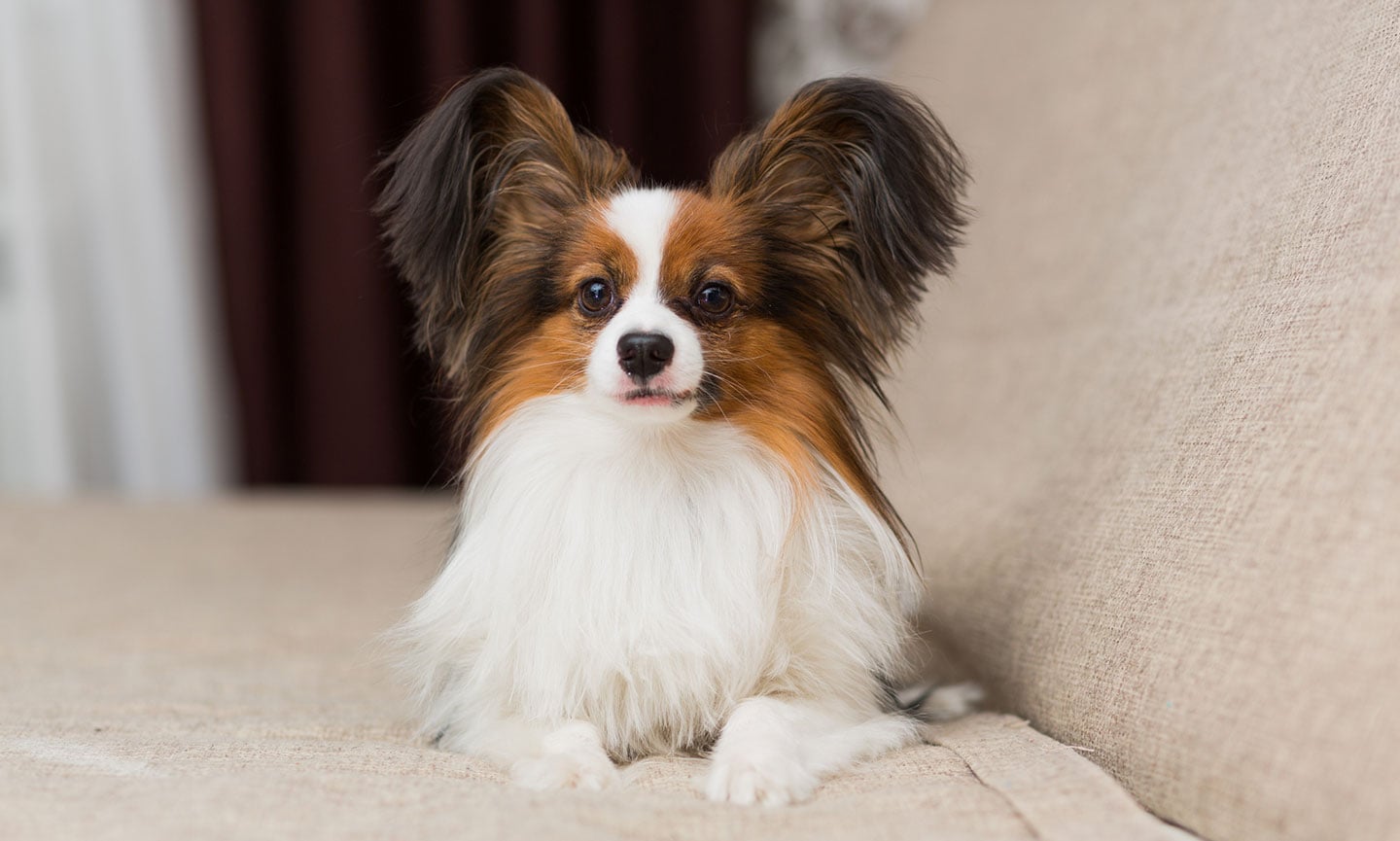
A smart dog in a small package, the Papillon is an outgoing charmer. Their intellgience and enthusiasim make this breed easy to train and they excel at learning tricks. Not only are they social butterflies, but they’re actually named after the butterfly ("papillon" means "butterfly" in French) for their impressive ears that resemble butterfly wings.
Pembroke Welsh Corgi
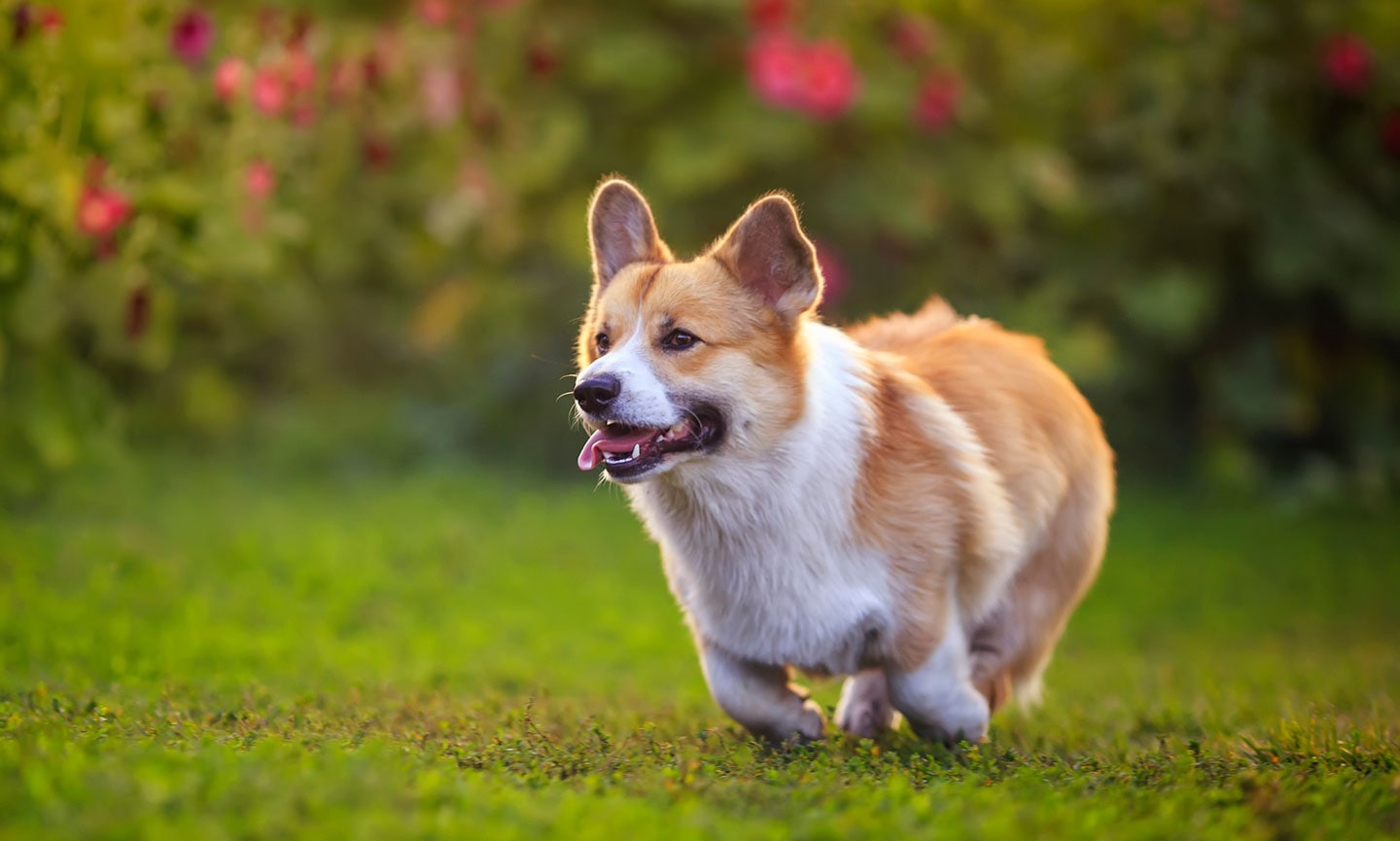
The Pembroke Welsh Corgi is a bright and spunky pooch who responds well to training. Originally bred to herd cattle and sheep, they pack a lot of power in a little package. When they finally blow off all their energy, these affectionate dogs are happy to settle down for a snuggle sesh with their favorite humans. No wonder they were so beloved by Queen Elizabeth II.
Doberman Pinscher
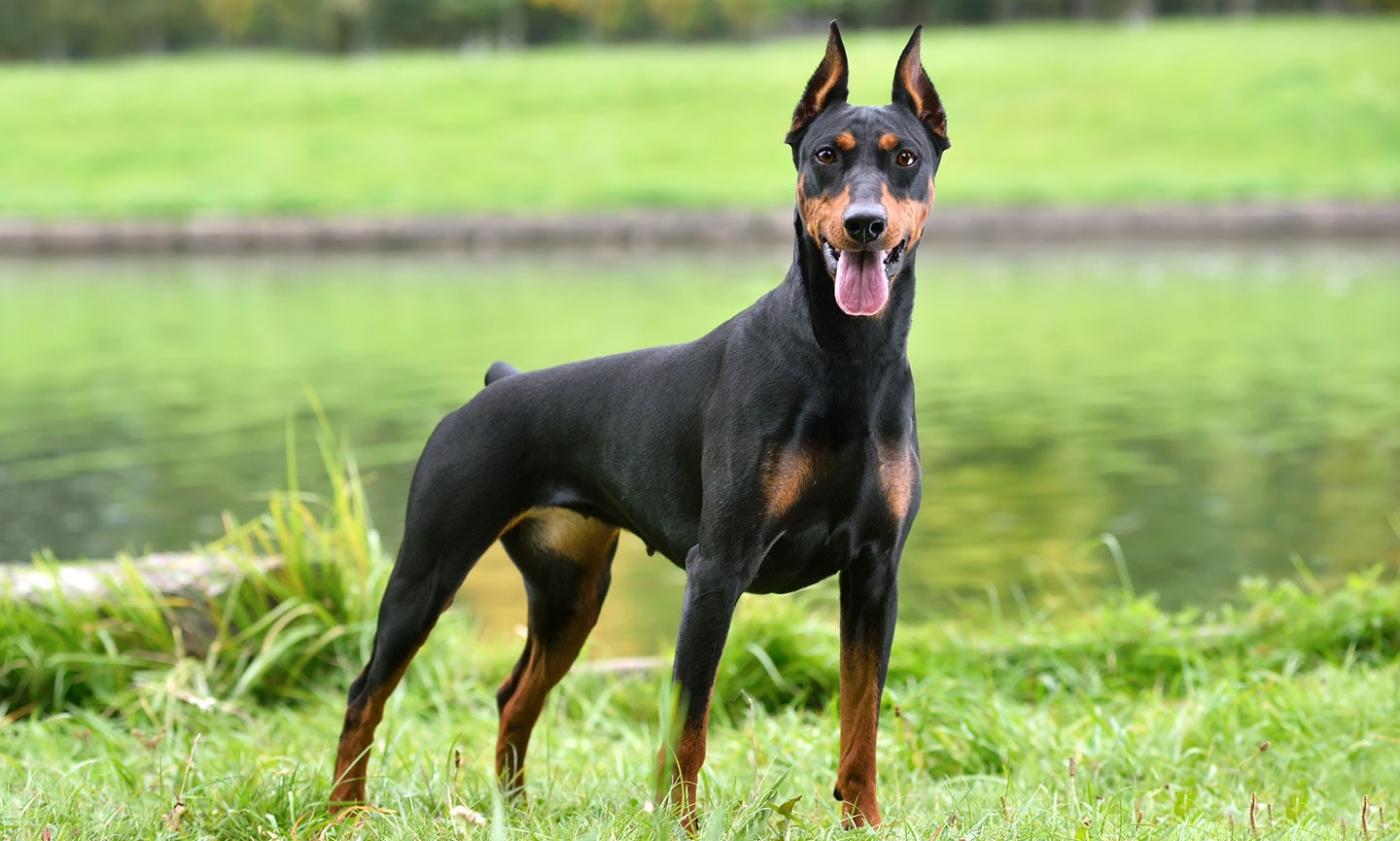
Powerful, vigilant and fearless. The Doberman Pinscher, known to be one of the world's finest protection dogs, very much embodies those three traits. But there’s more to them than just muscle; they're also very smart, able to learn quickly and easily, and incredibly devoted to their people. If you're looking for a loyal and loving companion, you'll find it in this intelligent breed.
Australian Cattle Dog
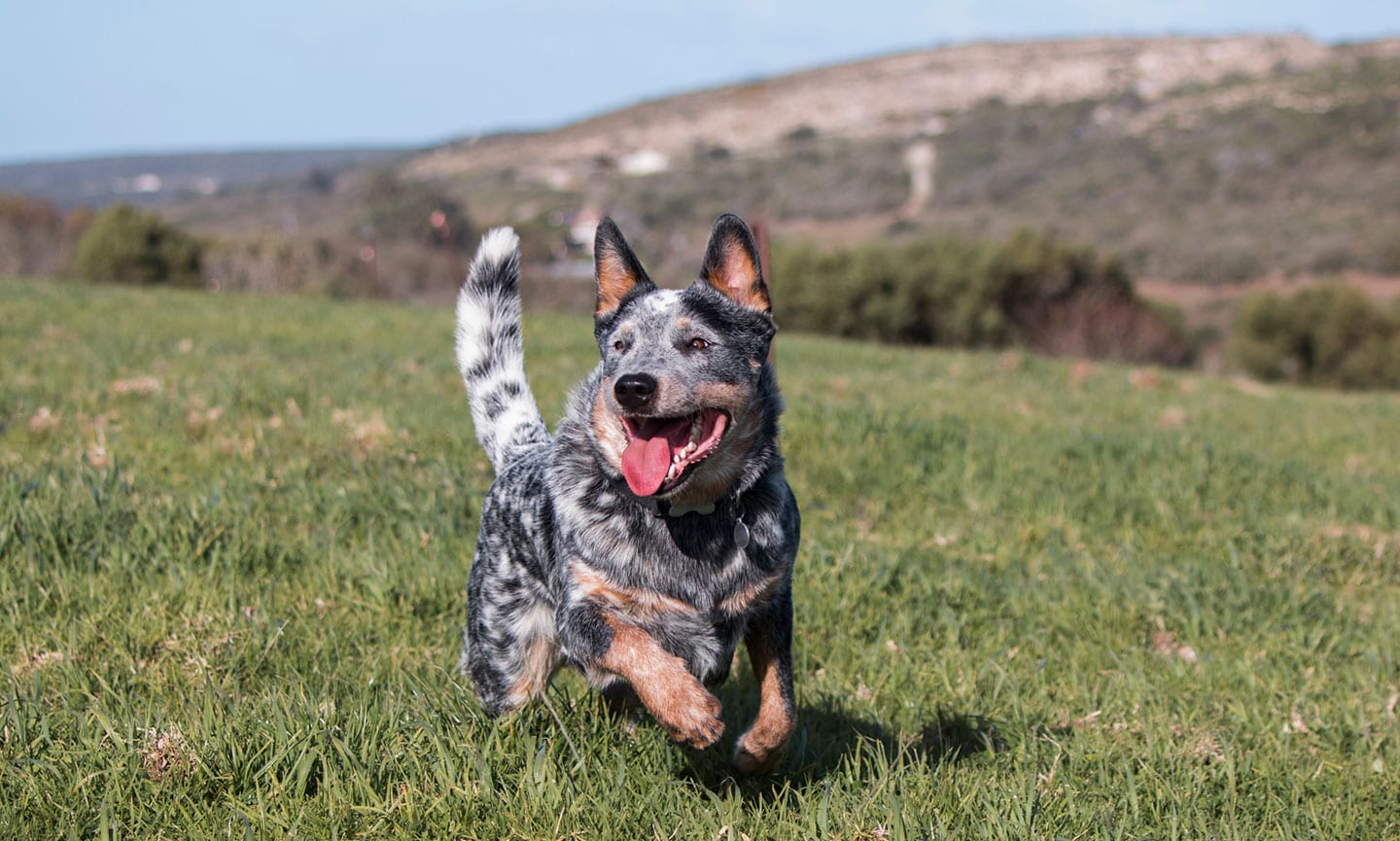
The whip-smart Australian Cattle Dog was bred to be a working dog, herding—you guessed it—cattle. This highly trainable breed, also called a Blue Heeler, has a lot of energy and loves having a job to do, so be sure to give them plenty of exercise, both physical and mental, and loads of attention.
English Springer Spaniel
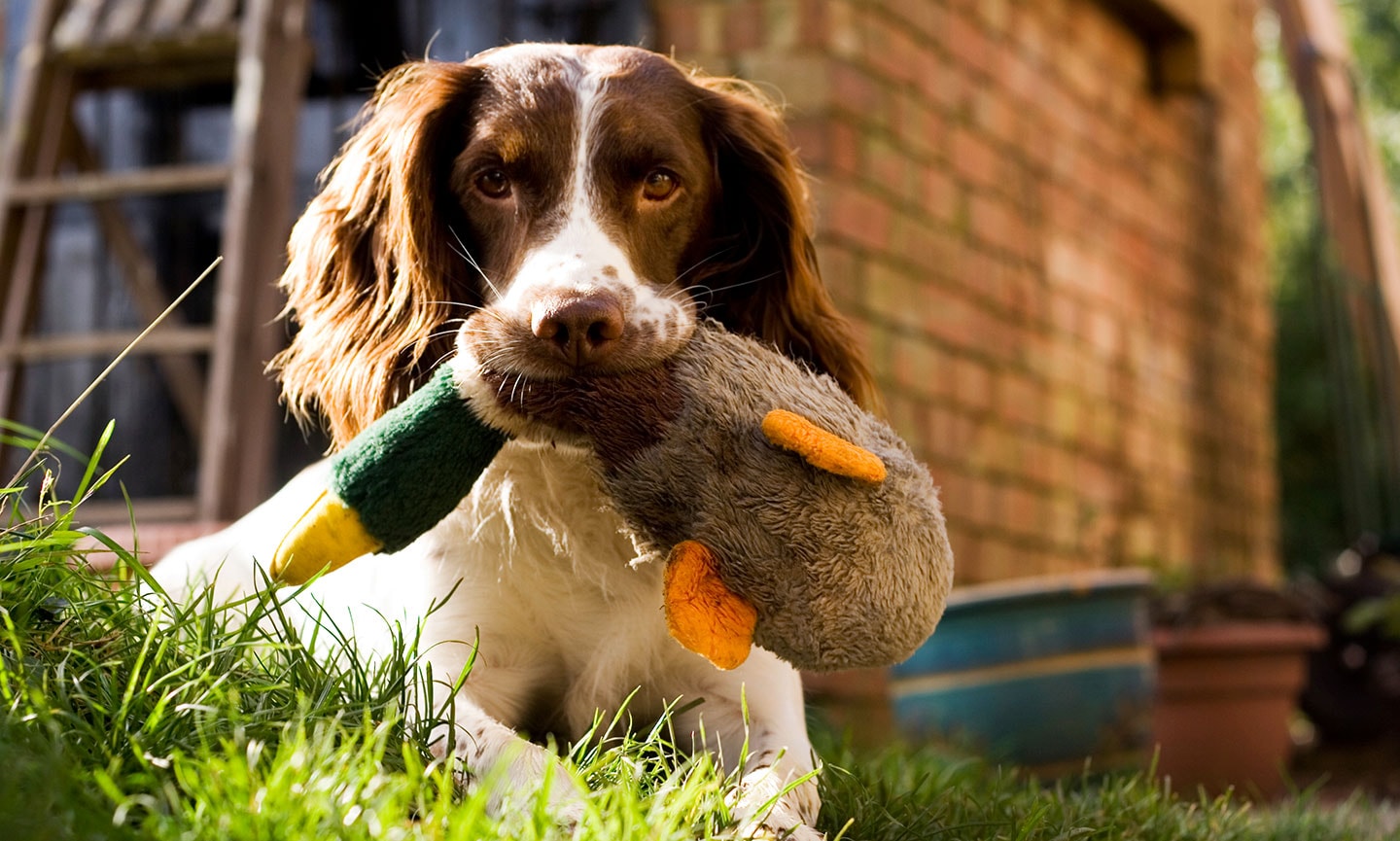
The English Springer Spaniel is high energy, highly intelligent and highly trainable. Bred to be out hunting in the fields, the English Spinger Spanel is an active pooch with a desire to please their people. Their playful nature and friendly personality also allow them to be good service dogs, depending on the tasks.
Belgian Tervuren
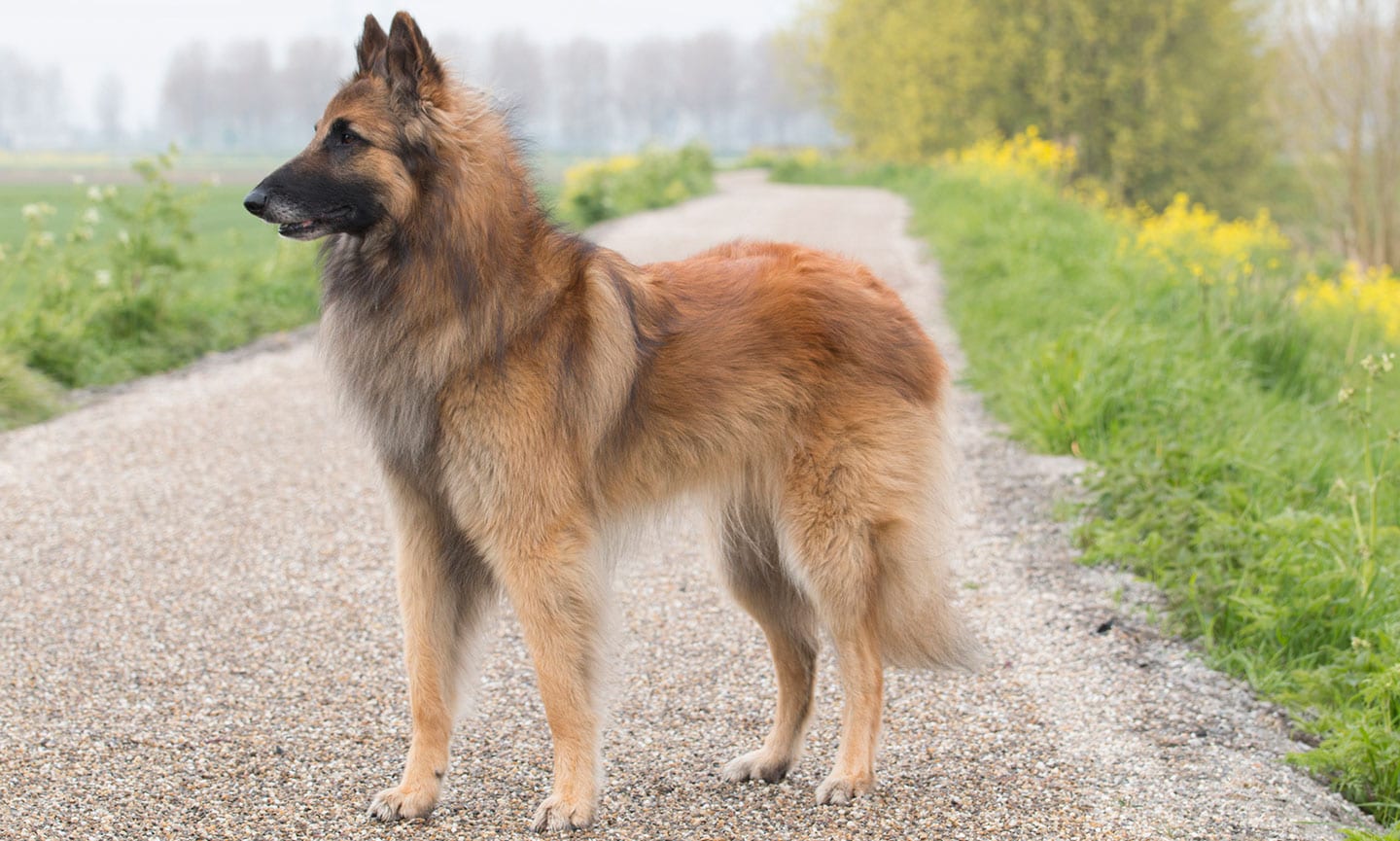
Miniature Schnauzer
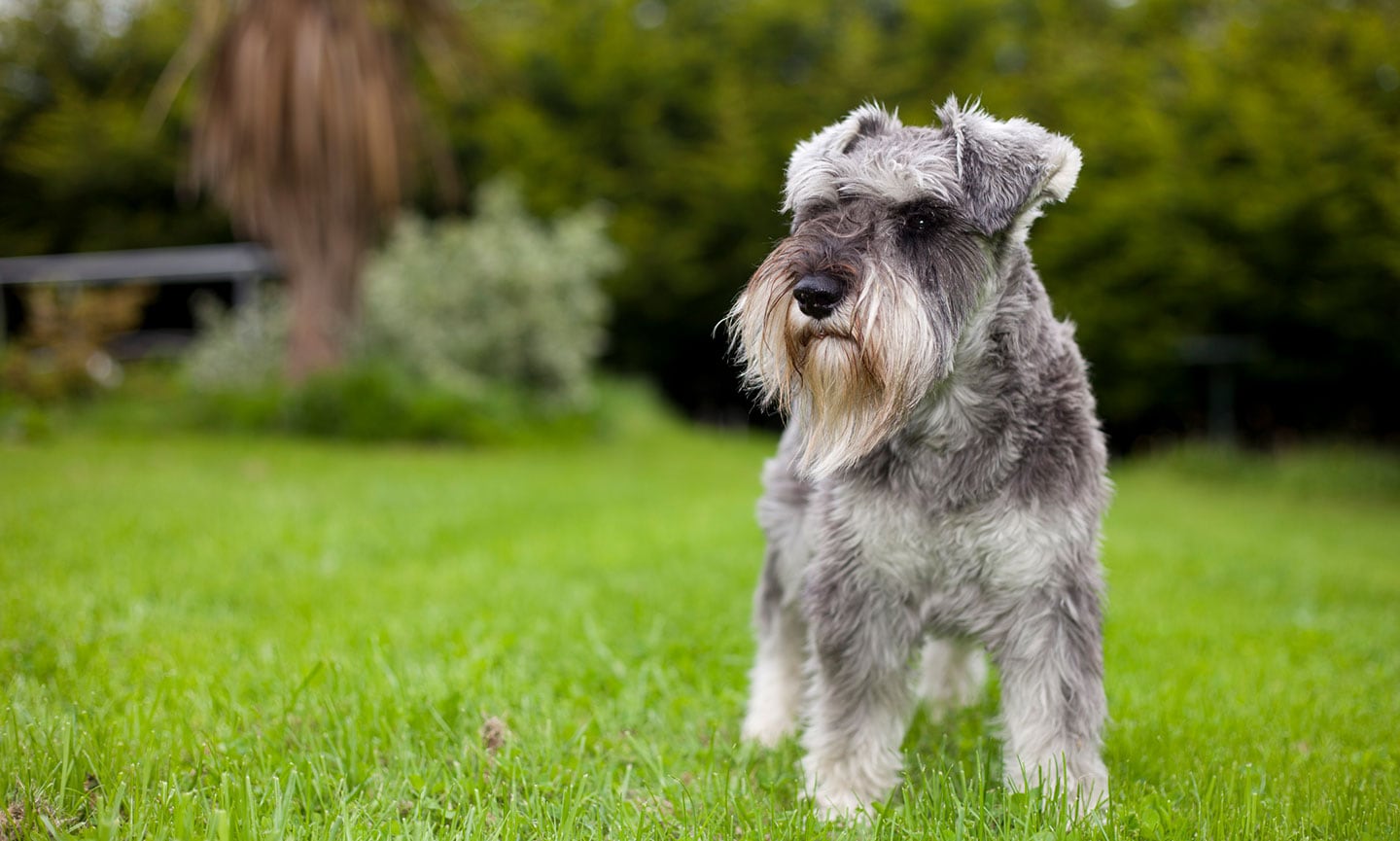
These pint-sized pups pack a lot of punch. Originally bred to chase rats on farms, these bright, confident dogs are lively and trainable, although they do tend to bark a lot (hey, it’s all part of the job description!). Despite their rural beginnings, they’re adaptable pups who do well in cities, too, as long they get plenty of playtime and exercise.
Schipperke
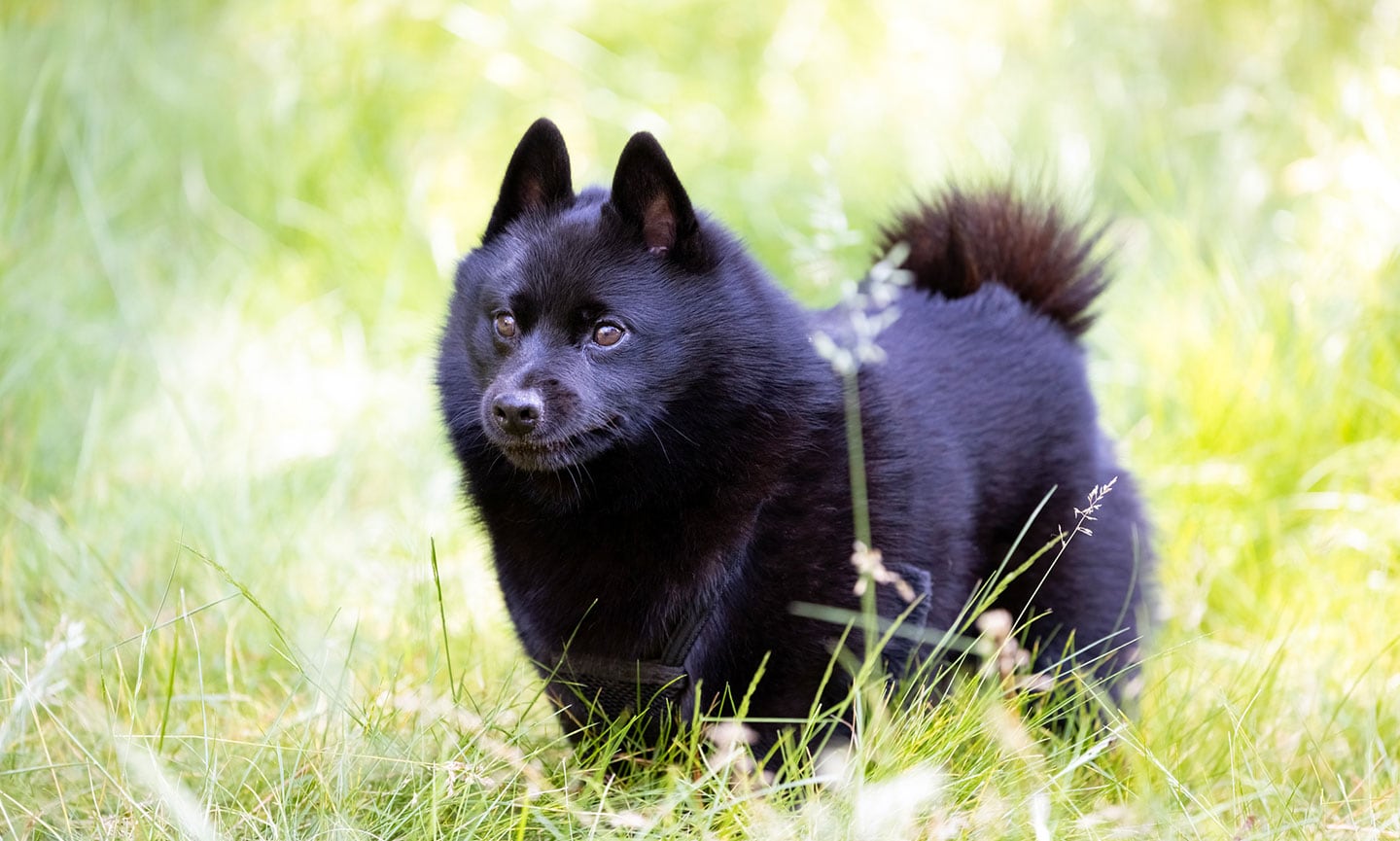
The Schipperke is a curious and trainable breed known to be affectionate with their family. In spite of their small stature, these dogs, bred as ratters and watchdogs, shine in certain sports, like agility. Plus, they can be trained to do certain service dog tasks if needed.
Does breed size matter when it comes to intelligence?
A dog doesn’t necessarily need to be larger in size to be smarter. Although recent research indicates larger dogs may be smarter in certain areas, there are plenty of small dogs and medium-sized breeds known for being intelligent and quick-witted.
“Breed size does not matter as much as how you define intelligence,” explains Dr. Burch, who is also certified applied animal behaviorist. She cites the popular Papillon as an example. “If you are looking at breeds who are quick learners, the tiny Papillon is known for being intelligent.”
Tips for Training a Smart Dog Breed
While “smart” breeds are often fast learners, they still need training to learn and perform basic commands just like you would any other dog. (They’re smart, but not that smart.)
“The same principles apply to training a ‘smart’ breed versus one that is not typically as trainable,” says Dr. Burch.
She recommends the following training tips for all dogs, regardless of their intelligence level:
- Keep training fun. Don’t force your dog into a position or punish them for not learning quick enough.
- Make sure sessions are appropriately short. Aim for about 15-20 mins per day.
- Start with small units and repetitions. For example, when teaching the dog to “stay,” start from 1-foot away instead of 20-feet.
- Provide a positive reinforcer (reward). This could include:
- Treats
- Toys
- Praise
- Be consistent. Stick to the same cues, which are the word(s), click sound from a training clicker or a hand signal that you use to prompt the command, and the timing of the reward (typically should be given immediately after the desired behavior).
Keep in mind that all dogs are individuals, even similar breeds and dogs of the same breed. Training methods may need to be tailored to best suit your pet. A certified dog trainer can help you come up with a personalized plan.
Shop these tools to help with training:
Bookmark our ultimate dog obedience training guide.
As noted above, smart dogs breeds tend to require a good deal of enrichment, both physical and mental. Interactive toys, puzzle toys, chews and other types of “busy” toys can help.
Shop these Chewy customer faves:
Learn more about different dog breeds:
Share:


